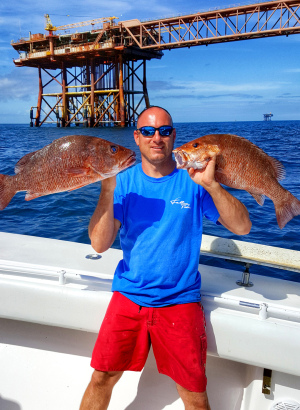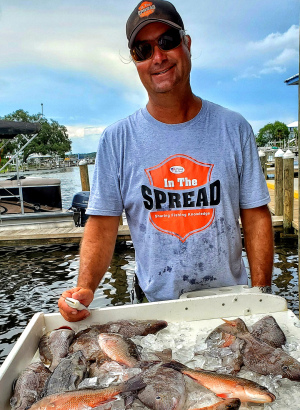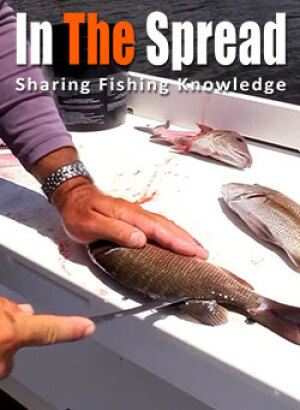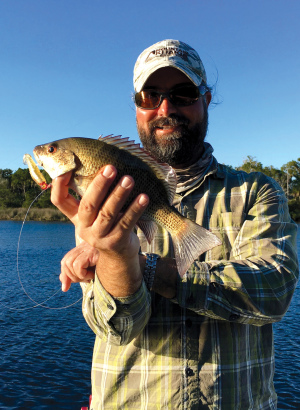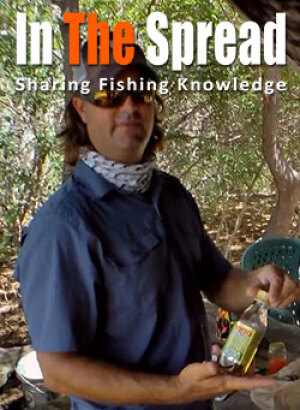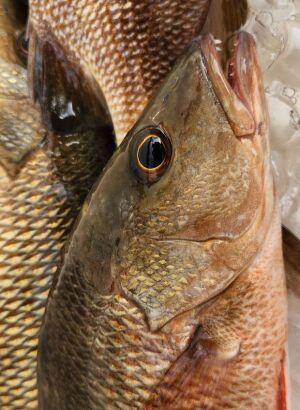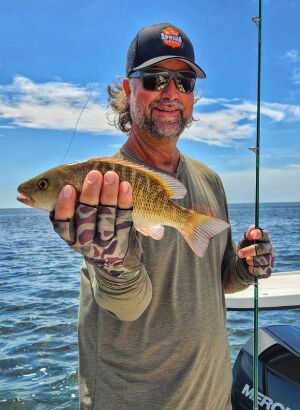Understand mangrove snapper fishing regulations with our comprehensive state-by-state guide. From North Carolina to Florida and around to Texas, learn essential bag limits, gear restrictions, and the laws. Whether you're a seasoned angler or new to the sport, this guide equips you with the knowledge for successful and responsible gray snapper fishing.
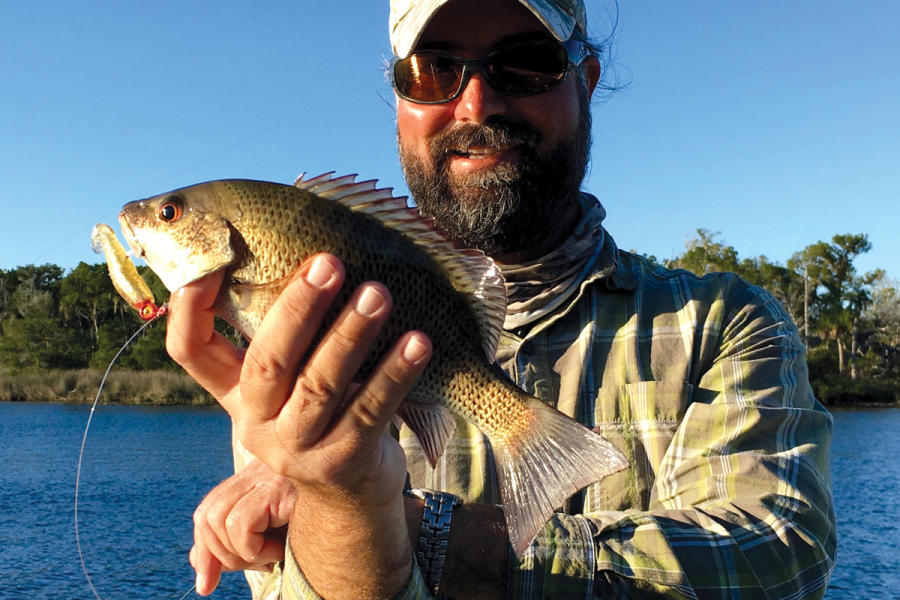
Mangrove Snapper Fishing: A State-by-State Guide to Bag Limits and Gear
- Mangrove snapper (gray snapper) popularity and importance
- State-specific regulations for 7 coastal states
- Bag limits ranging from 5 to 10 fish per person
- Gear restrictions including circle hooks and descending devices
- Size limits typically 12 inches total length
- Year-round seasons in most states
- Federal regulations for Atlantic and Gulf of Mexico waters
- Importance of sustainable fishing practices
Description and Habitat of Gray Snapper
Fishermen can target gray snappers along the western Atlantic coast, from Florida to Brazil, with some adventurous anglers even finding young fish as far north as Massachusetts. These adaptable fish offer varied fishing experiences, inhabiting both offshore reefs and wrecks up to 300 feet deep, as well as inshore areas near pilings, seagrass beds, and mangroves.
For those planning their fishing trips, understanding the gray snapper's spawning habits is crucial. Summer full moons trigger spawning in shallow waters, with fish 3 years or older and at least 9 inches long participating. Anglers should note that these hardy fish can live up to 21 years, reaching impressive sizes of 35 inches and 25 pounds.
When it comes to bait selection, anglers should consider the gray snapper's changing diet. Younger fish are attracted to shrimp and crustaceans, while adults prefer a mix of fish, crabs, and shrimp. For a successful catch, try fishing grass flats during late afternoon or night hours.
In the southeastern U.S., anglers should be aware of two distinct gray snapper stocks: the Gulf of Mexico stock and the Atlantic stock. The Gulf stock extends from the Gulf to Biscayne Bay in south Florida, influencing fishing regulations across different states.
As responsible anglers, understanding these biological aspects, habitat preferences, and distribution patterns is key to a successful and sustainable fishing experience. This guide will equip you with essential knowledge about bag limits, gear restrictions, and regulations across seven coastal states, ensuring you're well-prepared for your next gray snapper fishing adventure.
Understanding the biology, habitat preferences, and distribution of gray snappers is essential for both anglers and conservation efforts. In this comprehensive guide, we'll explore the bag limits, gear restrictions, and specific regulations for mangrove snapper fishing across seven coastal states: North Carolina, South Carolina, Florida, Alabama, Mississippi, Louisiana, and Texas. We'll also touch on federal regulations that apply to waters beyond state jurisdiction. Whether you're a seasoned angler or a newcomer to snapper fishing, this article will provide you with the essential information needed to enjoy this sport responsibly and legally, while appreciating the unique characteristics of this remarkable fish species.
State By State Regulations
North Carolina
- It is unlawful to fail to use non-offset, non-stainless steel circle hooks while fishing for or possessing snapper grouper species while using natural baits as specified in 50 CFR Part §622.188. A non-offset hook has the point and barb in-line with the hook shank.
- It is unlawful to fail to possess a descending device on board which is readily available for use while fishing for or possessing snapper grouper species as specified in 50 CFR Part §622.188. A descending device is defined as an instrument capable of releasing the fish at the depth from which the fish was caught, and to which is attached a minimum of a 16-ounce (454-gram) weight and a minimum of a 60-ft (18.3-m) length of line.
South Carolina
- Circle Hooks: Anglers must use non-stainless, non-offset circle hooks when fishing with hook and line and natural baits for snapper species, including mangrove snapper. This regulation helps reduce the mortality rate of released fish by minimizing deep-hooking incidents.
- Dehooking Tools and Descending Devices: Recreational and for-hire vessels are required to have dehooking tools and a descending device that is ready for use when fishing for or possessing snapper species. These tools are essential for improving the survival rates of fish that are released back into the water, especially those caught from deeper waters.
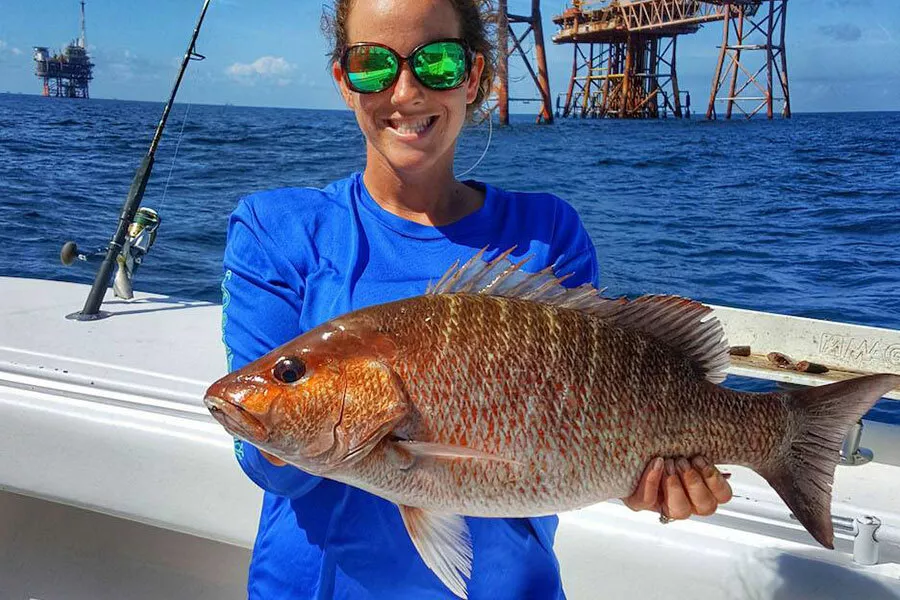
Florida
- In State waters: On board a vessel, must possess and use:
- Non-stainless steel, non-offset circle hooks when fishing with natural bait
- Dehooking device
- NEW: Descending device or venting tool rigged and ready for use (effective April 1, 2023)
- In Federal waters: On board a vessel, must possess and use:
- Non-stainless steel, circle hooks when fishing with natural bait
- Dehooking device
- Descending device or venting tool rigged and ready to use
Alabama
- Circle Hooks: When using natural baits, anglers are required to use non-stainless steel circle hooks. This regulation is designed to minimize the mortality of released fish by reducing the likelihood of deep-hooking.
- Hook and Line Limitations: In the Alabama Special Management Zone (SMZ), fishing vessels must use hook-and-line gear with no more than three hooks per line when targeting Gulf reef fish, including mangrove snapper. Spearfishing gear is also permitted in these areas.
- Venting Tools and Descending Devices: While specific requirements for venting tools are not detailed in Alabama's regulations, it is generally advisable to have such tools ready for use when fishing for reef fish to improve the survival rate of released fish.
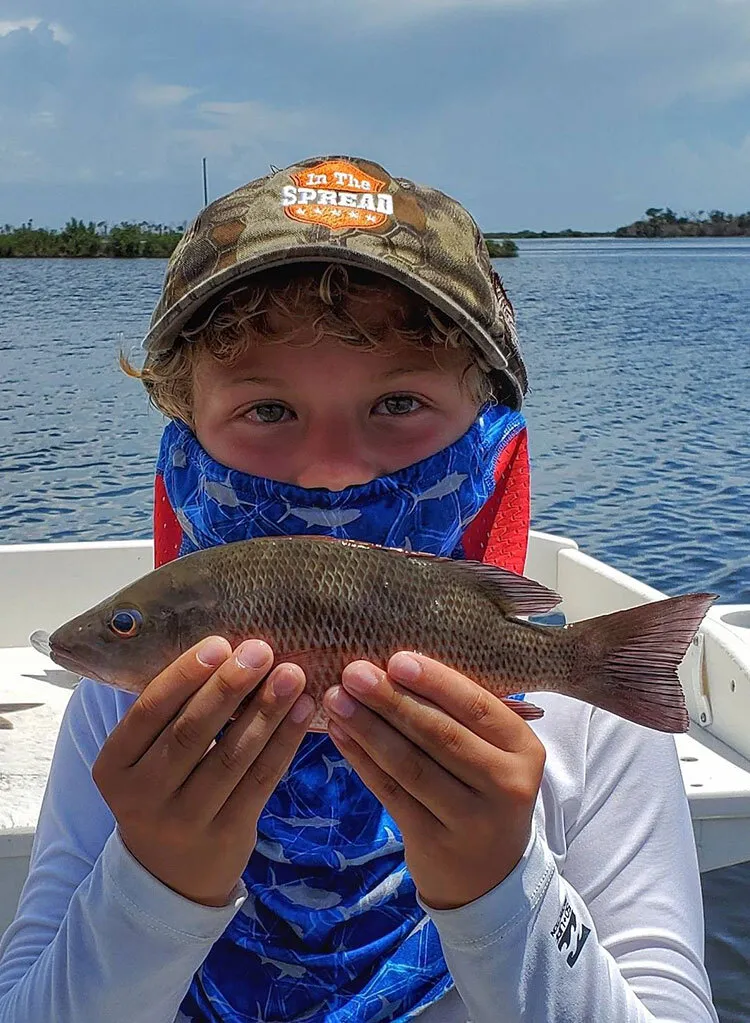
Mississippi
- Circle Hooks: Non-stainless steel circle hooks are required when using natural baits for all reef fish species, including mangrove snapper. This regulation is aimed at reducing the mortality rate of released fish by minimizing deep-hooking incidents.
- Venting Tools and Descending Devices: Anglers must have a venting tool or descending device rigged and ready to use when fishing for reef fish. This requirement is part of the efforts to improve survival rates of released fish, especially those caught from deeper waters.
Louisiana
- Circle Hooks: Non-stainless steel circle hooks are required when fishing with natural baits. This regulation helps reduce the mortality of released fish by minimizing deep-hooking incidents.
- Dehooking Devices: At least one dehooking device is required and must be used to remove hooks when fishing for reef fish species in federal waters. This tool helps minimize harm to fish that are caught and released.
- Venting Tools and Descending Devices: Anglers are required to have a venting tool or descending device rigged and ready to use when fishing for reef fish species in federal waters. These tools are essential for improving the survival rates of fish caught from deeper waters and released back into the ocean.
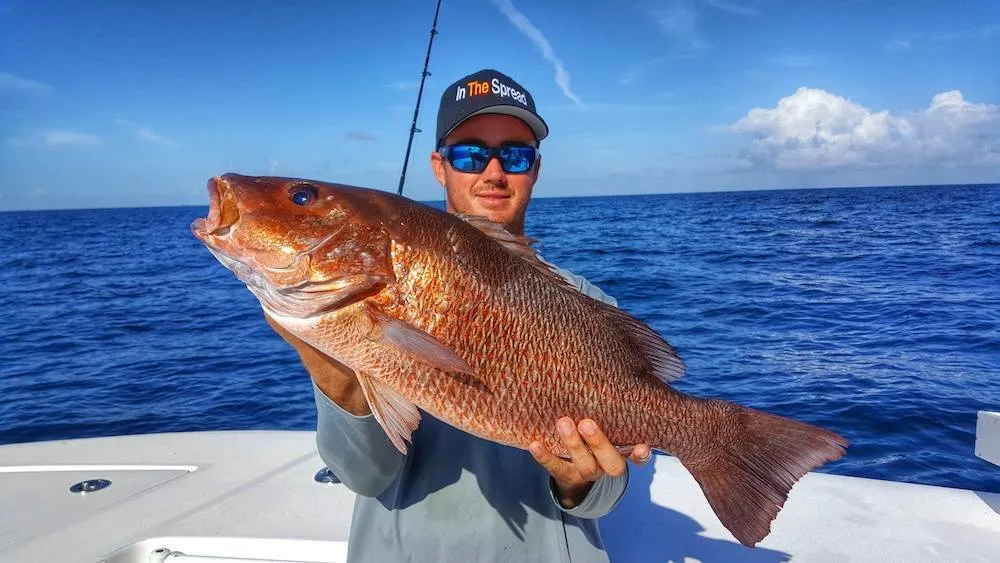
Texas
There are no bag, possession, or length limits on game or nongame fish, except as listed in this guide.
Federal Regulations for Mangrove Snapper Fishing
- Atlantic Federal Waters: Include areas off the coasts of North Carolina, South Carolina, Georgia, and the Atlantic side of Florida. South Atlantic Fishery Management Council
- Gulf of Mexico Federal Waters: Encompass areas off the Gulf coasts of Florida, Alabama, Mississippi, Louisiana, and Texas. Gulf of Mexico Fishery Management Council
Bag Limits and Size Restrictions
Federal regulations maintain consistent rules for mangrove snapper across both Atlantic and Gulf jurisdictions:
- Bag Limit: 10 fish per person
- Aggregate Limit: Part of a 10 fish aggregate snapper limit
- Minimum Size: 12 inches Total Length (TL)
- Season: Open year-round, allowing for continuous fishing opportunities
Gear Requirements
To promote responsible fishing and minimize harm to the fish population, federal regulations mandate specific gear:
- Circle Hooks: Non-stainless steel circle hooks are required when fishing with natural baits. These hooks are designed to reduce deep-hooking incidents, improving the survival rates of released fish.
- Dehooking Device: At least one dehooking device must be on board and used to remove hooks from caught fish. This tool helps minimize handling time and potential injury to the fish during hook removal.
- Venting Tool or Descending Device: Anglers fishing in Gulf of Mexico federal waters must have a venting tool or descending device rigged and ready for use when targeting reef fish species, including mangrove snapper. These tools are crucial for combating barotrauma in fish caught from deeper waters, significantly improving their chances of survival upon release.
Pro Tip: While venting tools or descending devices are only mandated in Gulf federal waters, it's a good practice to have these tools ready when fishing in any deep water environment. They can make a significant difference in the survival rates of released fish, contributing to the long-term health of the fishery.
By adhering to these federal regulations, anglers can enjoy the thrill of mangrove snapper fishing while contributing to the conservation of this valuable species. Remember, regulations can change, so always check for the most up-to-date information before your fishing trip.

